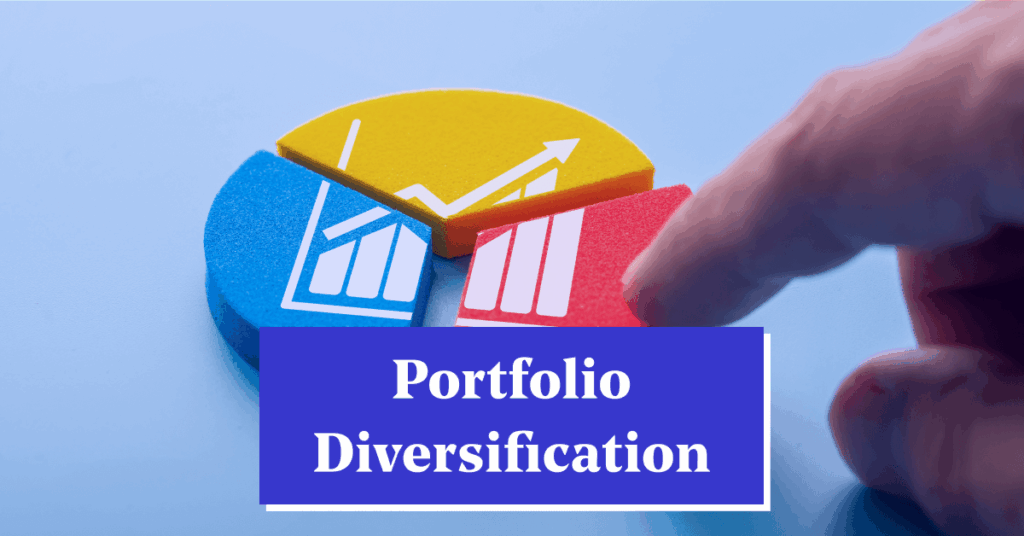Global Real Estate: Diversifying Your Portfolio for Stability and Growth

In the complex world of modern finance, the old adage "don't put all your eggs in one basket" remains the bedrock of successful investment. For real estate investors, this principle transcends local borders. Relying solely on a domestic property market can expose a portfolio to significant localized risks, from regional economic downturns to specific regulatory changes. The strategic answer to this concentration risk is global real estate diversification.
Moving beyond your home country's markets offers a compelling pathway to a more resilient, higher-performing investment portfolio. By spreading capital across varied geographies, asset types, and investment vehicles worldwide, investors can unlock new growth opportunities while significantly mitigating country-specific volatility. This comprehensive guide will explore the powerful benefits, proven strategies, and crucial risks associated with diversifying your portfolio with global real estate.
The Compelling Case for Global Real Estate Diversification
The core benefit of global diversification lies in the concept of low correlation. The economic and real estate cycles of different countries rarely move in perfect sync. While the housing market in one country might be facing a cyclical downturn, another region—perhaps driven by favorable demographics or a booming tech sector—could be experiencing robust growth.
Incorporating international real estate assets into your portfolio provides several distinct advantages:
- Risk Mitigation: The most fundamental benefit. International exposure helps smooth out returns by ensuring that a localized economic shock or a sharp decline in a single domestic market does not cripple your entire portfolio.
- Access to Outperformance: You gain the ability to invest in markets that may currently offer superior yields or stronger long-term capital appreciation potential than your home market. This includes high-growth emerging markets or stable, high-income regions like prime European cities.
- Inflation Hedge: Real estate is widely recognized as a strong hedge against inflation, as property values and rental incomes tend to rise with the general price level. Global diversification strengthens this hedge across different currencies and economic environments.
- Currency Diversification: Investing in properties denominated in different foreign currencies adds another layer of diversification, potentially offsetting fluctuations in your home currency.
Strategic Pillars of Global Real Estate Investing
Effective diversification in global real estate is a multi-layered process that goes far beyond simply buying a property in a different country. It involves strategically allocating capital across three primary dimensions: Geography, Property Type, and Investment Vehicle.
1. Geographic Diversification
Spreading your investments across different continents and countries is the most obvious and critical step. A balanced geographical strategy should consider markets with different economic drivers and risk profiles:
- Core/Stable Markets: Regions known for their economic stability, strong legal systems, and transparent property markets, such as the US, Canada, the UK, Germany, and Australia. These typically offer lower but more reliable returns.
- Growth/Opportunistic Markets: Countries with rapidly developing economies, favorable demographic trends, or high-yield potential, often found in parts of Asia, Latin America, and Eastern Europe. These markets carry higher risk but offer the potential for accelerated capital appreciation.
A thoughtful geographic allocation protects you from country-specific risks like sudden changes in tax law, political instability, or a housing bubble in a single area.
2. Property Type (Sectoral) Diversification
Within each geographic market, you should also diversify the type of property you own, as different sectors react uniquely to economic cycles:
| Property Type | Typical Market Performance | Examples of Global Trends |
| Residential (Multifamily) | Generally stable, driven by demographic needs and population growth. | High demand for rental housing in global tech hubs. |
| Industrial/Logistics | Strongly linked to e-commerce growth and supply chain needs. | Surging demand for warehouses near major global ports and consumer centers. |
| Commercial (Office/Retail) | Cyclical; heavily impacted by employment rates and consumer spending. | Office space adapting to post-pandemic hybrid work models worldwide. |
| Specialty (e.g., Data Centers) | Driven by long-term technological and structural shifts. | Exponential growth in data center investment globally due to AI and cloud computing. |
A blend of these asset classes ensures that a downturn in one sector—such as office vacancies—can be buffered by resilience in another, like logistics or residential rentals.
3. Investment Vehicle Diversification
Directly purchasing and managing property abroad is capital-intensive and complex. Fortunately, modern finance offers accessible alternatives for global real estate exposure:
- Real Estate Investment Trusts (REITs): Publicly traded companies that own and often operate income-producing real estate. You can invest in global REIT ETFs or mutual funds that hold a basket of REITs across different countries and sectors, providing high liquidity and instant diversification for a relatively low cost.
- Private Equity Real Estate Funds: These funds pool investor capital to acquire and manage a diversified portfolio of international properties. They often target institutional-quality assets and strategies (core, value-add, or opportunistic) that are inaccessible to individual investors.
- Real Estate Crowdfunding Platforms: Certain platforms have opened up access to fractional ownership of specific international properties or development projects, lowering the capital barrier for cross-border investment.
Navigating the Risks of International Investment
While the rewards of global diversification are significant, international property investing introduces unique complexities that must be managed with diligence.
Currency Risk
Fluctuations in exchange rates can erode gains or amplify losses. If you invest in a property in a country whose currency weakens relative to your home currency, your rental income and eventual sale proceeds, when converted back, will be worth less.
- Mitigation Strategy: Professional investors often use hedging strategies (like forward contracts), but for most individual investors, the best approach is to view the currency exposure as part of the overall diversification benefit.
Political and Economic Instability
Certain countries, particularly in emerging markets, face higher risks of political unrest, sudden government policy changes, or rapid shifts in economic stability that can negatively impact property values.
- Mitigation Strategy: Thorough due diligence on a country’s political landscape, legal framework, and economic outlook is essential. Favor countries with stable governments and robust property rights.
Legal, Regulatory, and Tax Complexities
Foreign property laws, ownership restrictions for non-citizens, and local taxation rules can be difficult to navigate. You may be subject to taxes in the host country, and potentially in your home country, requiring careful planning to avoid double taxation.
- Mitigation Strategy: Always consult local, bilingual legal and tax professionals before making any transaction. Look for countries with double taxation treaties with your home nation.
Management and Liquidity Challenges
Direct ownership of a foreign property comes with the challenge of remote management, often complicated by language and cultural barriers. Furthermore, selling a property in an unfamiliar foreign market can be a longer, more difficult process than in a familiar domestic market.
- Mitigation Strategy: For direct ownership, employ a trusted, professional, and bilingual local property management company. For liquidity, favor investment vehicles like publicly traded Global REITs.
Conclusion: Building a World-Class Portfolio
Global real estate diversification is no longer an exclusive strategy for institutional investors; it is a vital practice for any individual seeking to build a resilient and high-performing long-term portfolio. By deliberately allocating capital across different geographic markets, diverse property sectors (residential, industrial, specialty), and convenient investment structures (like Global REITs and private funds), you can harness the power of low correlation to minimize unsystematic risk and capture global growth opportunities.
Success in this arena demands meticulous research and a patient, long-term perspective. As the world becomes increasingly interconnected, a truly diversified portfolio is one that is not confined by local borders, offering the stability to weather any regional storm and the capacity to capitalize on prosperity wherever it arises. The global property market is vast and dynamic—it’s time to make it work for your financial future.

Related